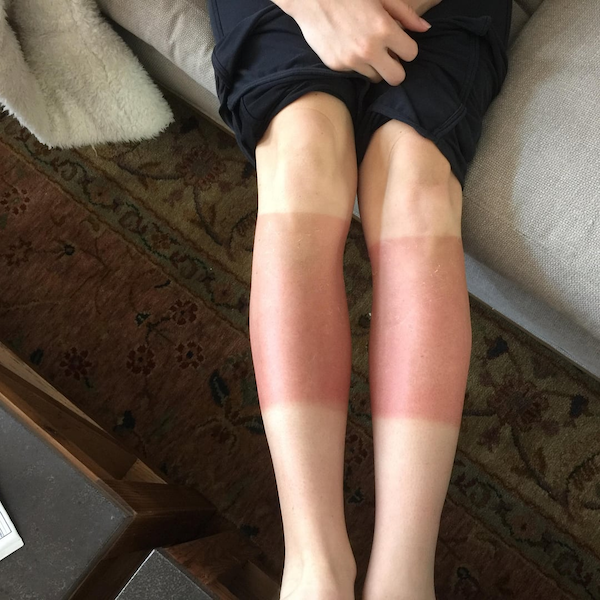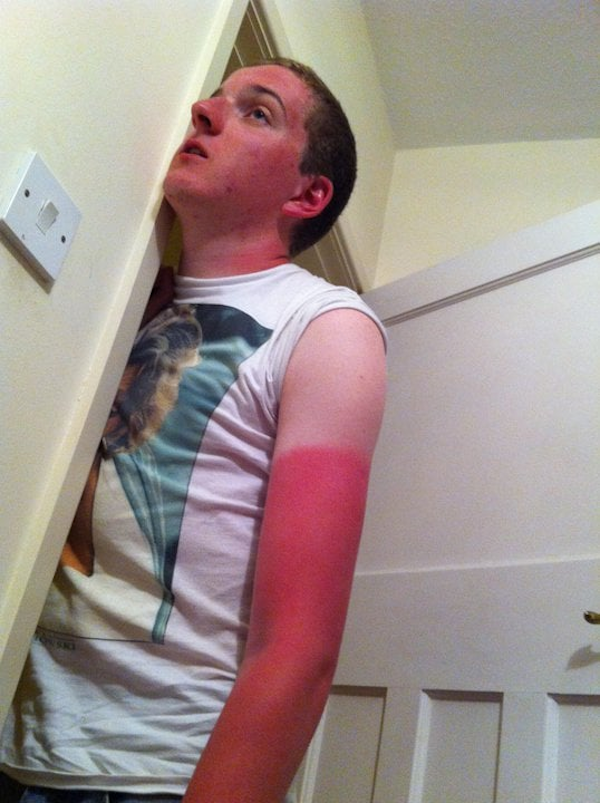The newest registered user is гераскинс
Our users have posted a total of 48009 messages in 7050 subjects

WORLD CLOCK
NAT GEO * Bird flu is spreading from pole to pole *
Valley of the Sun Casual Club :: WORDS , FACTS , DATES , GAMES & TRIVIA & HISTORY :: NATIONAL GEOGRAPHIC
 NAT GEO * Bird flu is spreading from pole to pole *
NAT GEO * Bird flu is spreading from pole to pole *
A highly virulent strain of H5N1 has wiped out entire colonies of seabirds and seals from Alaska to Antarctica. Experts say the risk to people is low—for now.

A particularly aggressive strain of H5N1 has killed thousands of northern gannets (pictured, a rookery in Ireland) in 40 out of 41 monitored colonies across Europe.
PHOTOGRAPH BY JASPER DOEST, NAT GEO IMAGE COLLECTION
ByJason Bittel
March 07, 2024
In Alaska, a polar bear recently tested positive for a highly pathogenic strain of avian influenza for the first time ever in the species. Last week, several predatory seabirds died from the virus, known as H5N1, near Argentina’s research station on Antarctica—another first, this time as a novel record of bird flu on the icy mainland.
Now at both ends of the globe, bird flu has flared up once more, infecting dozens of bird and mammal species, from Africa to Asia to Europe. Evidence now points to the latest strain being “extremely deadly” and “increasingly infectious,” according to an article published in Nature.

In 2023, a polar bear in Alaska died from bird flu—the first recorded case in the species. The predators, including this family in the Arctic National Wildlife Refuge, already face many threats, particularly shrinking sea ice.
PHOTOGRAPH BY FLORIAN SCHULZ, NAT GEO IMAGE COLLECTION
Scientists [url=https://www.cdc.gov/flu/avianflu/communication-resources/bird-flu-origin-infographic.html#:~:text=1996%2D1997 H5N1 bird flu viruses first]first identified avian influenza on a commercial goose farm[/url] in Guangdong, China, in 1996, and periodic outbreaks have occurred since around the world. The potentially fatal virus, which is contracted through contaminated bodily fluids, spreads from wild birds, its primary vector, into poultry operations. These facilities then kill large quantities of their birds in an attempt to control the spread.
Since the first case was detected in the U.S. on February 8, 2022, the U.S. Department of Agriculture Animal and Plant Health Inspection Service (APHIS) has recorded avian influenza in either wild or captive birds in every state except Hawaii. As of March 6, 2024, the virus has affected more than 82 million birds in the United States, according to the U.S. Centers for Disease Control and Prevention.
While 20 countries have reported 882 cases of avian influenza leaping into humans since 2003—more than half of which were fatal—the CDC classifies the current risk to people as low. But other experts caution the recent developments as a stern wake-up call for the pathogen’s potential for becoming a pandemic. (Read about a bird flu outbreak in Israel in 2022.)
“Avian influenza is a wild card,” says Andrew Derocher, a biologist who’s been studying polar bears for 40 years at the University of Alberta in Canada.
For instance, while Derocher says it’s possible that the polar bear incident is a “one-off," it could also be “a huge mess” for the species, which are already vulnerable to extinction. As the Arctic warms and sea ice breaks up earlier, more polar bears will be forced onto land, where they may scavenge birds that died from the virus.
“Disease in polar bears is an issue that smolders in my brain,” he says.
And it’s not only polar bears—H5N1 could have grave consequences for wildlife already suffering from a wide variety of human-caused stressors, such as pollution, climate change, habitat loss, and invasive species.
“Wildlife are definitely vectors,” says Jude Lane, a conservation scientist at the Royal Society for the Protection of Birds in the U.K. “But they’re also victims.”
“The sky was empty”
Most years, setting foot on Bass Rock in Scotland is an assault on the senses, says Lane.
This is because so many northern gannets nest on the rock each year that the crag, which rises out of the North Sea, literally turns white from the densely packed birds and their excrement. But in 2022, when scientists arrived to do their annual surveys of the seabirds, they stumbled upon a bizarre scene.

Scientists identified bird flu in gentoo penguins on the Falkland Islands in January 2024. Above, gentoos in Neko Harbor, part of the Antarctic Peninsula, incubate their eggs inside rocky nests.
PHOTOGRAPH BY THOMAS PESCHAK, NAT GEO IMAGE COLLECTION
“Bass Rock was the biggest colony in the world. It was just alive. The whole rock was alive,” says Lane. “But when that virus hit, it was just immediately quiet.”
Over the course of several weeks and return visits, the scientists watched as what once used to be a living quilt of birds turned into a patchwork.
“I mean, there were birds dying at our feet,” says Lane. “And the sky was empty.”
In the aftermath, scientists estimate that a particularly aggressive strain of H5N1 killed thousands of birds in 40 out of 41 monitored northern gannet colonies across Europe—colonies that represent 75 percent of global northern gannet nesting sites. At Bass Rock, occupied nest sites plummeted by 71 percent.
A handful of GPS trackers also revealed a strange new behavior: As the virus raged, a few gannets flew off to visit neighboring rookeries—something the birds don’t usually do. If the birds had avian influenza, they could have carried the virus to new populations—an avian super spreader event.
"They don't drown"
A year later and half a world away, a similar scene played out in Península Valdés, Argentina—this time, with southern elephant seals.
As the only continental colony for the species, these beaches typically look like a mosh pit with gigantic, 20-foot-long males bludgeoning each other over harems of squawking females and pups. But in 2023, the same beaches looked more like the aftermath of a shipwreck.

In 2023, bird flu led to a catastrophic die-off among southern elephant seals in Argentina (pictured, animals in the Falkland Islands).
PHOTOGRAPH BY SERGIO PITAMITZ, NAT GEO IMAGE COLLECTION
“We found silence and massive numbers of carcasses,” says Marcela Uhart, a wildlife veterinarian at the University of California Davis who has worked in Argentinian Patagonia for about 35 years. “All ages, new and old, just piled up on the beach where there should have been living, happy animals.”
 Similar topics
Similar topics» PDB BIRD ON THE HILL bpb flop
» PDB1 's PERSONAL KICK ASS REPLAYS (3 pages )134 videos
» 50 Insanely Cool Gadgets That Are Going to Sell Out This March, Ideally As Gifts
» PDB1 Rare bird Merion # 5
Valley of the Sun Casual Club :: WORDS , FACTS , DATES , GAMES & TRIVIA & HISTORY :: NATIONAL GEOGRAPHIC

 Events
Events















































































» INTRO TO WORD SMARTS
» PINTEREST ICONIC COMIX
» HISTORY FACTS * Gold wasn't always the top Olympic medal *
» Word Genius Word of the day * occlude *
» JULY NATIONAL CELEBRATION DAYS JULY 26 2024
» QUIZ TREAT QUIZ *Which mammal has the most powerful bite? *
» QUIZ TREAT ANSWER PAGE
» NAT GEO * The 2024 Olympics will likely be the hottest ever *
» NAT GEO * Sharks found with cocaine in their systems *
» WISE TRIVIA QUIZ *What was the first song ever played on the radio? *
» WISE TRIVIA ANSWER PAGE
» E.S.Etaski * Sister Seekers Book 10 now available everywhere! *
» WORD DAILY Word of the Day: * literatim *
» JULY NATIONAL CELEBRATION DAYS JULY 25 2024